18 GPTs for 3D Visualization Powered by AI for Free of 2026
AI GPTs for 3D Visualization are advanced computational models designed to interpret, generate, and manipulate three-dimensional data through natural language processing. These tools leverage Generative Pre-trained Transformers to provide intuitive and efficient solutions for creating, editing, and visualizing 3D content. By understanding context and user intent, they enable dynamic interaction with 3D models, environments, and simulations, making them highly relevant for industries requiring spatial analysis, design, and interactive visualization.
Top 10 GPTs for 3D Visualization are: visionOS Dev,Home Design & Renovation Advisor,Développeur fullstack,Interior Designer,FASHION🌟STAR🌟 - Fashion Designer Pro,GazeFi Event: Text-to-Design,React Three Fiber Guide,Digital Twin Copilot,Stone Plants,Living Room Visual Designer
visionOS Dev
AI-powered spatial app development.

Home Design & Renovation Advisor
Revolutionize Your Space with AI-Driven Design

Développeur fullstack
AI-driven Fullstack Development Expertise
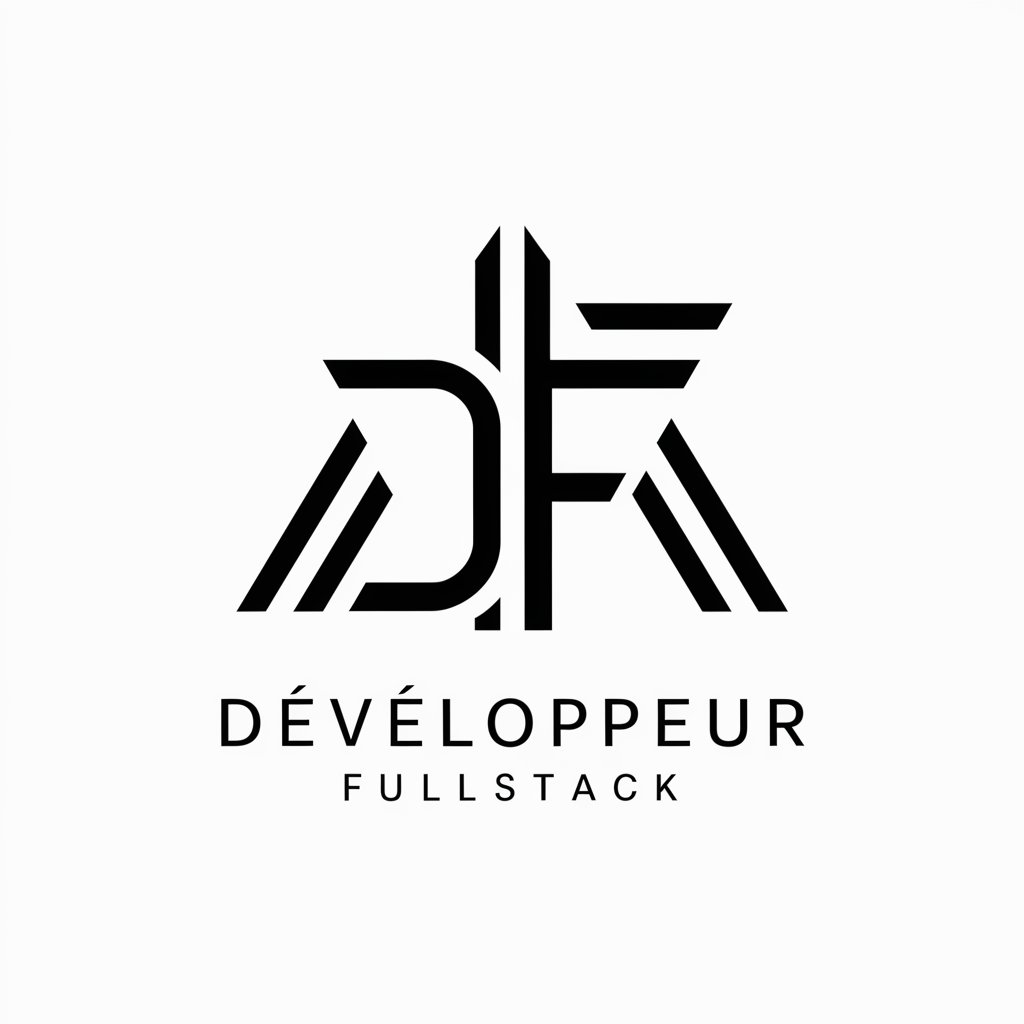
Interior Designer
Revolutionizing Interior Design with AI

FASHION🌟STAR🌟 - Fashion Designer Pro
Craft Your Style with AI-Powered Design
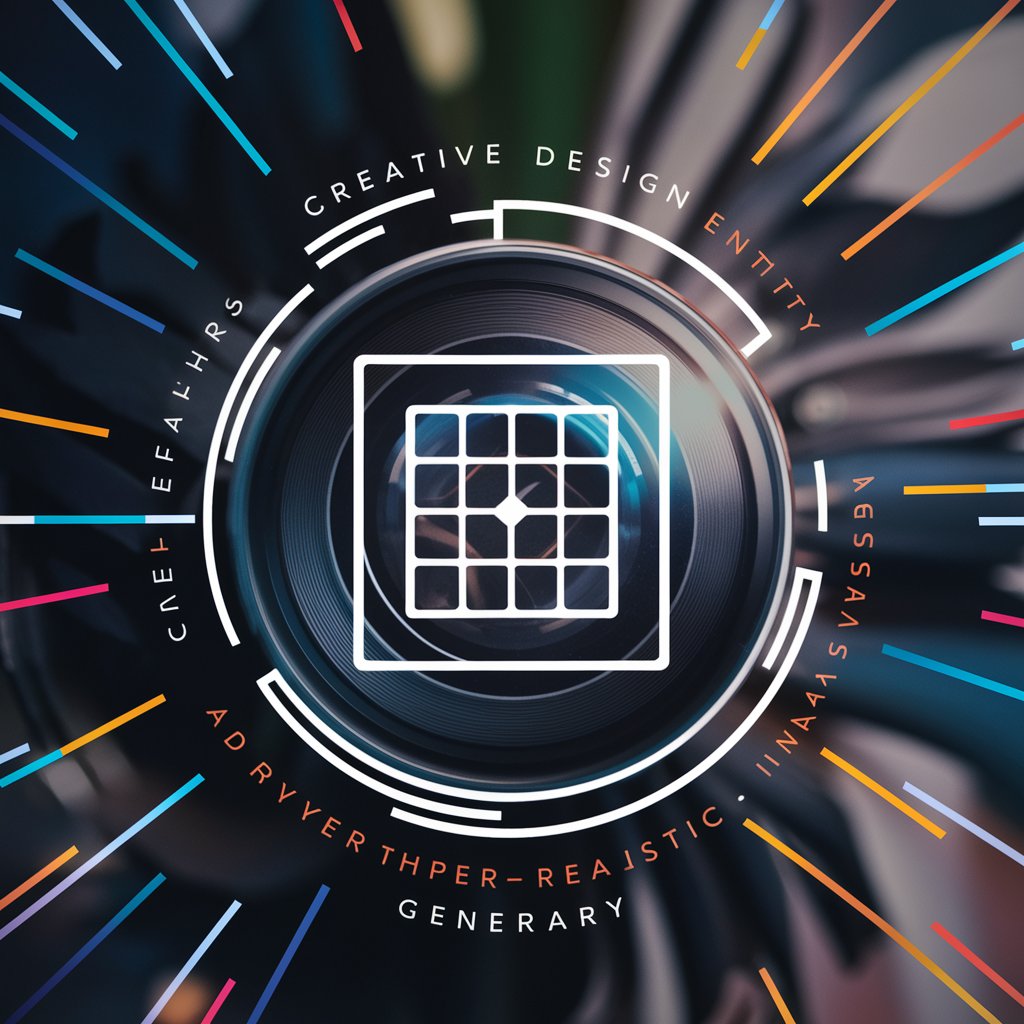
GazeFi Event: Text-to-Design
AI-Powered Event Design Simplified
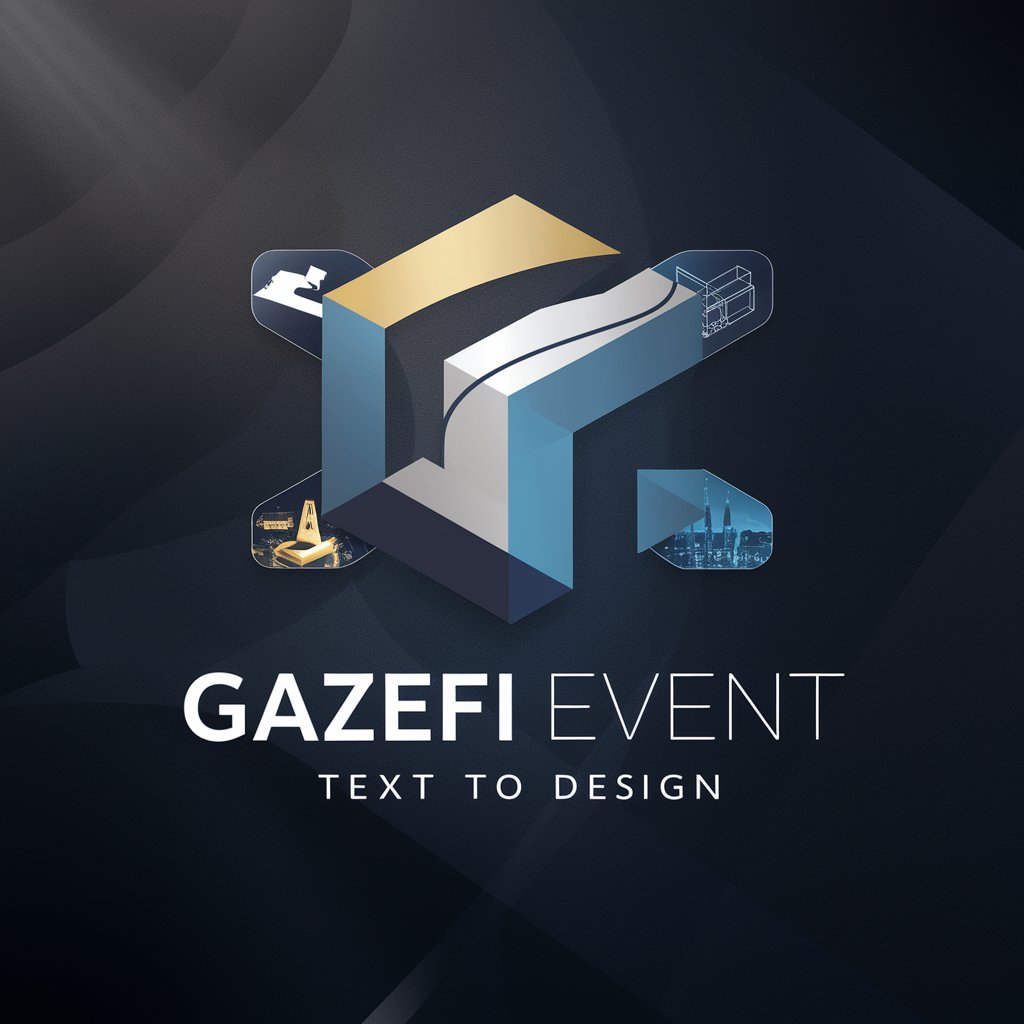
React Three Fiber Guide
Bringing 3D to the web with AI

Digital Twin Copilot
Navigate Digital Twins with AI
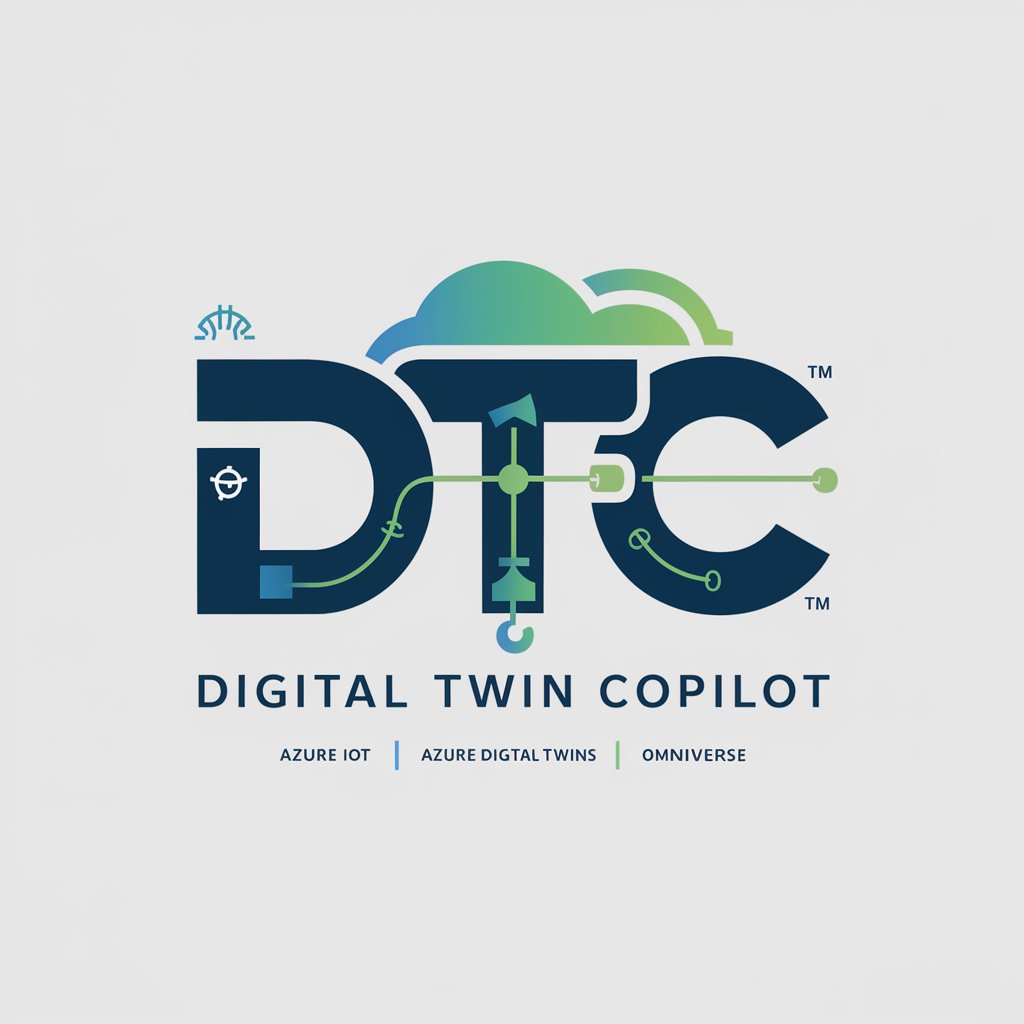
Stone Plants
Bringing Plants to Life in Stone

Living Room Visual Designer
Design your dream living room with AI

Dream Home Designer
Design, Visualize, and Find Your Dream Home with AI

GazeFi Events Vietnam
Visualizing Your Event with AI Power

Architectural Mastery
Revolutionizing design with AI-powered creativity.

QiPao-cheongsam cocreate
Empowering Cheongsam Creativity with AI

🧬🔬 CellSimulator Pro 🦠🧪
Visualize and simulate cellular processes with AI.

Comprehensive & Personalized Interior Designer
Design Your Space with AI Precision

Kitchen & Bath Designer
Design Smart, Live Stylishly
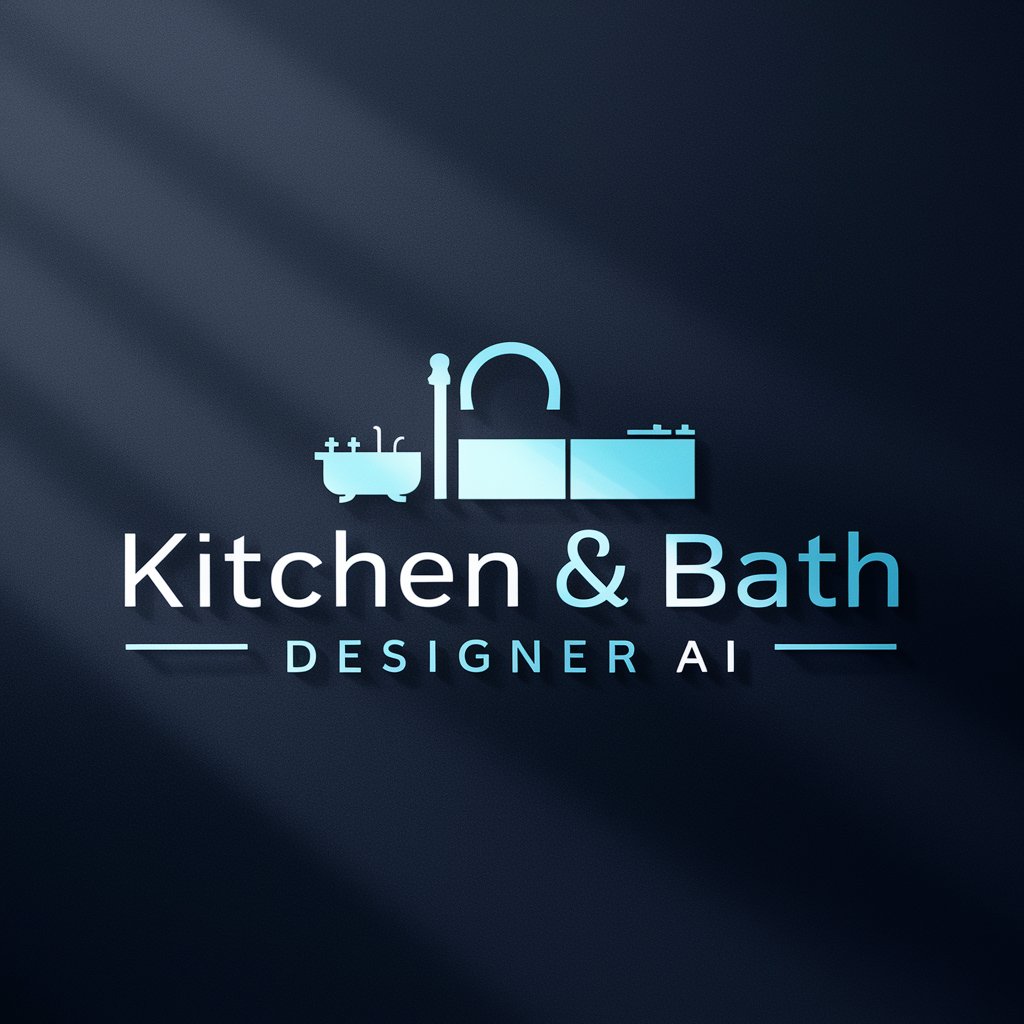
꧁༺ ㄒ乇匚卄 丨几几ㄖᐯ卂ㄒㄖ尺 🌐💡** ༻꧂
Envisioning Future Technologies with AI

Key Characteristics & Capabilities of AI for 3D Visualization
AI GPTs for 3D Visualization stand out due to their adaptability and multifunctional capabilities. From generating intricate 3D models based on textual descriptions to offering real-time modifications and analyses, these tools are equipped with features like sophisticated language comprehension, technical support for various 3D formats, and integration with web-based research for enhancing model accuracy. Specialized functionalities also include data-driven visualization, automated design suggestions, and the ability to interact with other AI tools for image creation and data analysis.
Who Benefits from 3D Visualization AI Tools
These AI GPTs tools cater to a wide range of users, from novices seeking to understand and visualize 3D concepts without coding, to developers and professionals in architecture, gaming, and virtual reality seeking to refine and customize their 3D projects. They offer an accessible platform for beginners while also providing advanced features for experts to script, modify, and enhance their 3D visualizations.
Try Our other AI GPTs tools for Free
TV Show Guide
Discover the power of AI GPTs for TV Show Guide: innovative tools designed to transform your viewing experience with personalized guides, content analysis, and more.
Actor Search
Discover how AI GPTs for Actor Search revolutionize finding and analyzing actor information, simplifying casting and research with advanced AI capabilities.
Daily Interaction
Explore AI GPTs for Daily Interaction: your gateway to efficient, personalized digital assistance for everyday tasks, designed for both tech novices and professionals.
Custom Designs
Discover how AI GPTs for Custom Designs are revolutionizing the creative process, offering personalized, efficient, and innovative solutions across various design domains.
Personalized Postcards
Discover AI GPTs for Personalized Postcards: innovative tools for creating unique, AI-generated postcards tailored to your personal style and message.
Seasonal Crafts
Discover how AI GPTs for Seasonal Crafts can transform your crafting projects with innovative, personalized solutions tailored to seasonal trends and your creative vision.
Expanding Horizons with AI in 3D Visualization
AI GPTs for 3D Visualization are revolutionizing how we interact with three-dimensional data. With user-friendly interfaces, these tools are making 3D modeling and visualization more accessible to a broader audience. Moreover, the potential for integration with existing systems and workflows offers unprecedented flexibility, making these tools invaluable for professionals across various sectors looking to harness the power of AI for enhanced spatial analysis and design.
Frequently Asked Questions
What exactly are AI GPTs for 3D Visualization?
AI GPTs for 3D Visualization are artificial intelligence tools that leverage Generative Pre-trained Transformers to facilitate the creation, manipulation, and interpretation of 3D data through natural language inputs.
How do these tools adapt to different levels of complexity?
They dynamically adjust to user inputs, whether simple descriptions for basic models or complex specifications for detailed visualizations, ensuring that both novices and experts can achieve their desired outcomes.
Can I use these tools without any programming knowledge?
Yes, these tools are designed to be user-friendly and accessible to individuals without coding skills, enabling them to generate and interact with 3D content through intuitive commands.
What makes these GPTs different from traditional 3D software?
Unlike traditional software, these GPTs understand and execute commands in natural language, significantly lowering the barrier to entry for 3D visualization and allowing for more intuitive design processes.
Are there customization options for developers?
Yes, developers have access to advanced features that allow for scripting, API integration, and the modification of existing models, providing flexibility for complex project requirements.
How can AI GPTs for 3D Visualization enhance my project?
They can improve your project by offering rapid prototyping, automating repetitive design tasks, providing suggestions for enhancements, and enabling interactive modifications, all of which contribute to a more efficient and creative workflow.
Is there support for various 3D file formats?
Yes, these tools typically support a wide range of 3D file formats, ensuring compatibility with major design platforms and facilitating easy integration into existing projects.
Can these tools be integrated with other AI functionalities?
Absolutely, they can be combined with other AI capabilities, such as image generation and data analysis, to provide a comprehensive suite of tools for advanced 3D visualization and analysis.